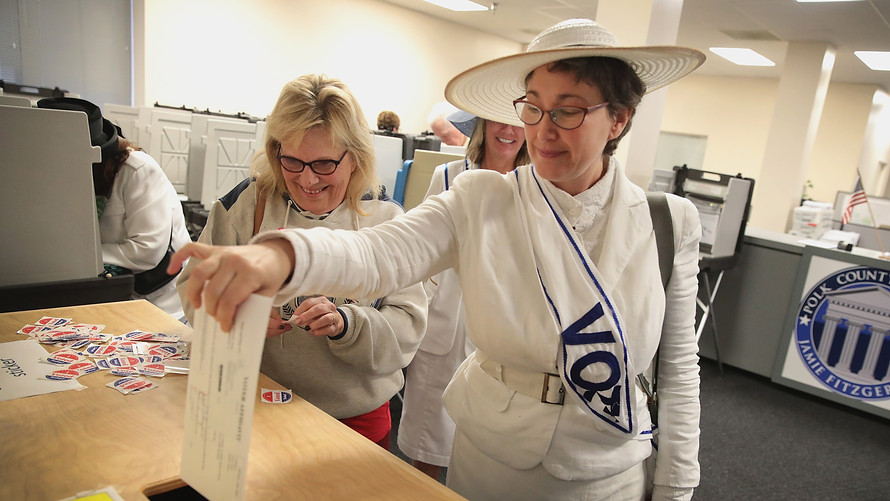
Stocks typically rally after midterm elections, with the S&P 500 gaining an average 31% in the following year. But according to Goldman Sachs’ chief equity strategist, David Kostin, investors should be wary of betting that pattern will hold after voters go to the polls on Nov. 6.
Typically, the run-up to a midterm election inspires uncertainty among investors that quickly dissipates once the results are known. “Markets can be jittery ahead of major events like elections,” wrote Ryan Detrick, senior market strategist at LPL Research, in a recent note to clients. “Once the uncertainty is resolved in November, solid fundamentals and favorable seasonality could take over for a nice year-end rally.”
Goldman’s Kostin took aim at this conventional wisdom in a research note Monday, writing “the unusual current political environment makes typical market patterns around midterm elections less reliable than might otherwise be the case.”
Kostin argued that “until this month’s drawdown, both realized and implied volatility have been exceptionally low,” and that this suggests that markets have become “inured to above-average political uncertainty.”
Others have also raised doubts the pattern will hold. Brian Belski, chief investment strategist at BMO Capital Markets, argued in a September note that a significantly stronger-than-average performance by the S&P 500 SPX, -0.43% for a midterm year through the first nine months of 2018 indicated that investors had perhaps “pulled forward” any anticipated post-midterm election bump.
Kostin wrote that because the midterm-related policy uncertainty is not alarming investors as in cycles past, markets shouldn’t be expected to rally at the election’s conclusion.
“To the extent that the typical 8% S&P 500 rally during 4Q of midterm election years—twice the median return in other years—is driven by declining uncertainty, that pattern may be less likely to repeat this year,” he said.
Instead of betting on a broad rally, Kostin suggests investors take a sector-by-sector approach to their analysis of the new political landscape come Nov. 7. One that may be overvalued is pharmaceuticals, as the performance of pharma stocks has tracked closely with the likelihood of a Democratic takeover of the House.
While this suggests the market sees divided government good for drugmakers, who have been a rhetorical target for President Donald Trump, Goldman economists disagree, predicting that if the Democrats take back the house, “health care policy would be the primary focus of the incoming 116th Congress.”
Kostin pointed out that when the Democrats last took back Congress 12 years ago, pharmaceuticals underperformed the S&P 500 by 400 basis points, or 4 percentage points, the week of election day.
On the other hand, a divided Congress would be good for aerospace and defense stocks, as a deal imposing fiscal constraint would be unlikely, the Goldman analysts argue. The market so far agrees, as the average A&D stock has returned 8% year to date, outperforming the S&P 500 by 300 basis points and the broad industrials sector by 1,000 basis points.

